Scary Stuff.
The More You Know
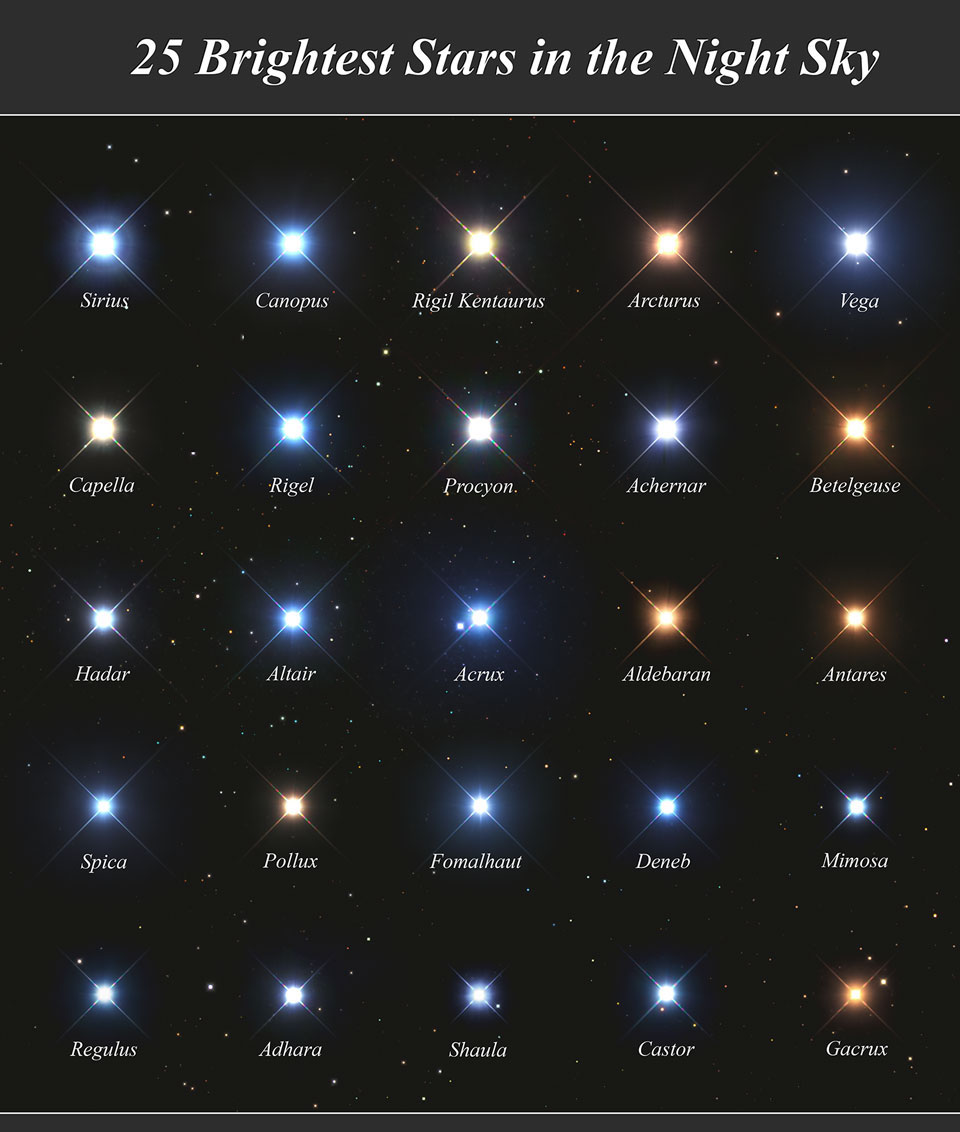
How to Understand that Image of the Black Hole
Fascinating. And the guy's hot, too.
Sharp Rise in Arctic Temperatures Now Inevitable
As I commented on another site:
"And on your right we're approaching a planet formerly known by its now extinct dominant species as Earth. Humans, as they called themselves, once showed great potential to become a part of the galactic community, but since the advent of their species' industrialization, they continually worked against their own self-interest by pouring massive amounts of pollution into the planetary biosphere, poisoning themselves and tripping a runaway environmental disaster. The species finally self-destructed completely and took out what was remaining of the planet's biosphere with the advent of a brief, yet devastating nuclear conflagration over the planet's dwindling resources and various factions' god-myths."
Sometimes When You Stare into the Abyss…
…the Abyss stares back.
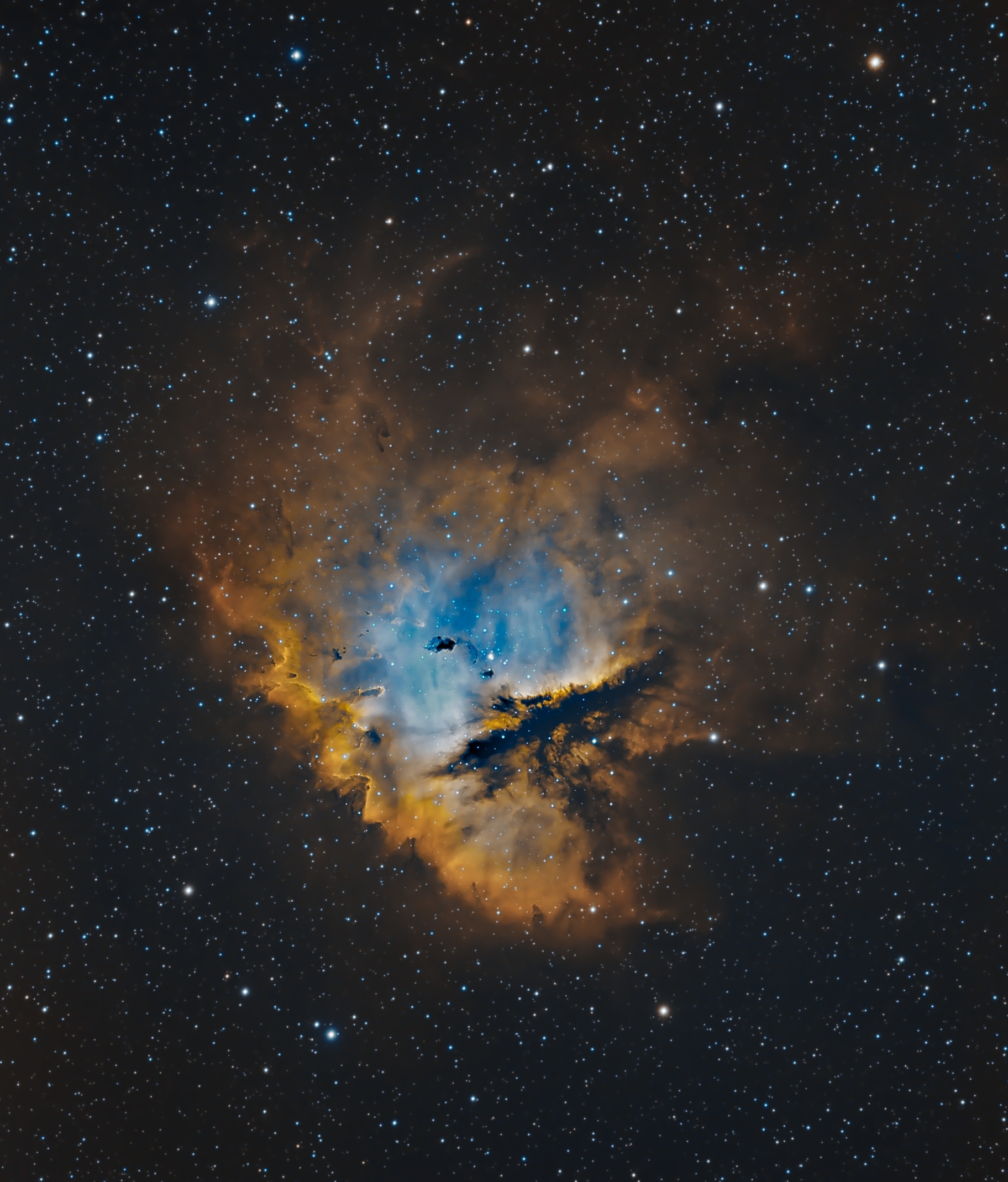
Speaking Of How Things Work

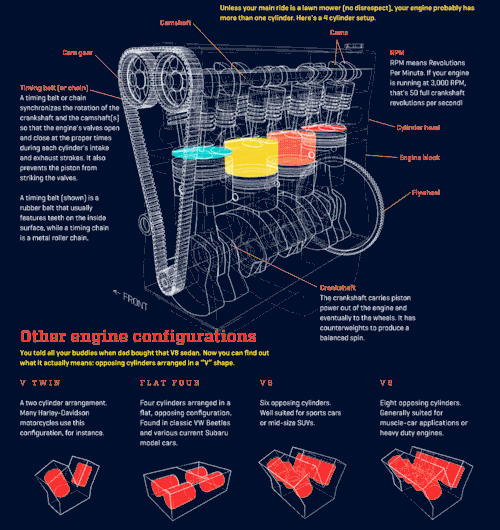

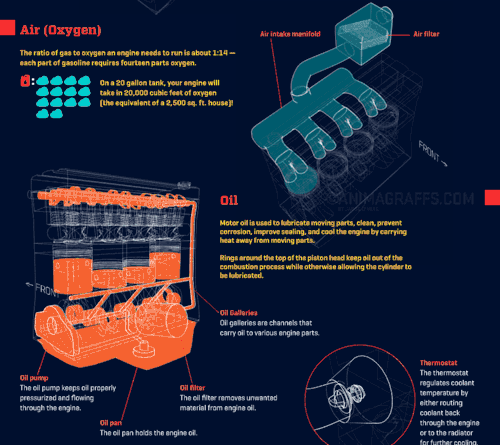
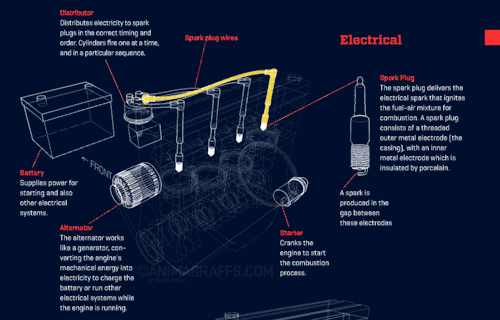
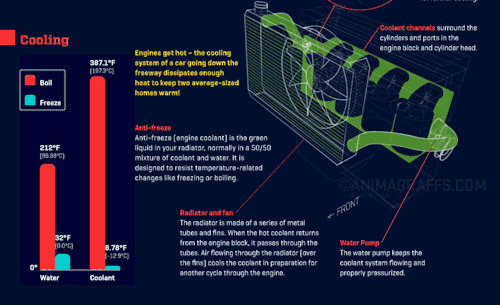
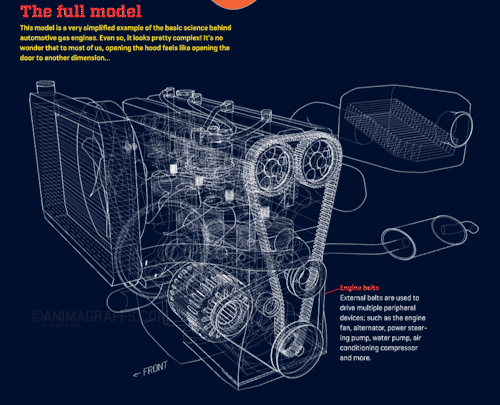
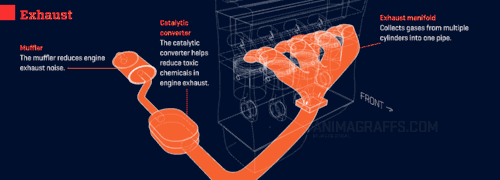
Proving Once Again That We Don't Even Know What We Don't Know
From NASA:
Other Juno science results released today include that the massive cyclones that surround Jupiter's north and south poles are enduring atmospheric features and unlike anything else encountered in our solar system. The findings are part of a four-article collection on Juno science results being published in the March 8 edition of the journal Nature.
"These astonishing science results are yet another example of Jupiter's curve balls, and a testimony to the value of exploring the unknown from a new perspective with next-generation instruments. Juno's unique orbit and evolutionary high-precision radio science and infrared technologies enabled these paradigm-shifting discoveries," said Scott Bolton, principal investigator of Juno from the Southwest Research Institute, San Antonio. "Juno is only about one third the way through its primary mission, and already we are seeing the beginnings of a new Jupiter."


North Vortex

South Vortex
Indeed

"Every so often, an astronomical artist gets lucky." ~Don Dixon
The Nerd In Me
…orgasmed a little upon seeing these photos from Cassini. Saturn's rings, up close and personal:



It pains me that after this year, there will be no new pictures of Saturn. There are no plans to return to the planet during the remainder of my foreseeable lifetime. I'm glad I was alive when I was to witness this in real time.
I know it would risk losing control of the spacecraft completely, but after seeing these photos shot from still thousands of miles away, can you imagine what we'd see if Cassini flew through the rings on its final orbit around the planet?
Amazing
NASA's JUNO probe is in orbit around Jupiter and is sending back some absolutely amazing views of the gas giant. We're seeing the planet in ways we've never seen before and in unprecedented detail.




We Don't Even Know What We Don't Know

This view from NASA's Cassini spacecraft is the sharpest ever taken of belts of the features called propellers in the middle part of Saturn's A ring.
The propellers are the small, bright features that look like double dashes, visible on both sides of the wave pattern that crosses the image diagonally from top to bottom.
The original discovery of propellers in this region in Saturn's rings (see Four Propellers, Propeller Motion, Locating the Propellers) was made using several images taken from very close to the rings during Cassini's 2004 arrival at Saturn. Those discovery images were of low resolution and were difficult to interpret, and there were few clues as to how the small propellers seen in those images were related to the larger propellers Cassini observed later in the mission (for example 'Earhart' Propeller in Saturn's A Ring, Cassini Targets a Propeller in Saturn's A Ring, and Bleriot Propeller Close-up).
This image, for the first time, shows swarms of propellers of a wide range of sizes, putting the ones Cassini observed in its Saturn arrival images in context. Scientists will use this information to derive a "particle size distribution" for propeller moons, which is an important clue to their origins.
Goodbye to Titan
Maybe the next time we visit—assuming our species survives Donald Trump—we'll send a rover…or a flotilla of boats.

From NASA:
NASA's Cassini spacecraft has had its last close brush with Saturn's hazy moon Titan and is now beginning its final set of 22 orbits around the ringed planet.
The spacecraft made its 127th and final close approach to Titan on April 21 at 11:08 p.m. PDT (2:08 a.m. EDT on April 22), passing at an altitude of about 608 miles (979 kilometers) above the moon's surface.
Cassini transmitted its images and other data to Earth following the encounter. Scientists with Cassini's radar investigation will be looking this week at their final set of new radar images of the hydrocarbon seas and lakes that spread across Titan's north polar region. The planned imaging coverage includes a region previously seen by Cassini's imaging cameras, but not by radar. The radar team also plans to use the new data to probe the depths and compositions of some of Titan's small lakes for the first (and last) time, and look for further evidence of the evolving feature researchers have dubbed the "magic island."
"Cassini's up-close exploration of Titan is now behind us, but the rich volume of data the spacecraft has collected will fuel scientific study for decades to come," said Linda Spilker, the mission's project scientist at NASA's Jet Propulsion Laboratory in Pasadena, California.
We're going to miss you, Cassini.
Such a Buzzkill

I hate to burst your bubble, but while this is very pretty, in real life it wouldn't look anything like this.
First off, assuming this is supposed to be the Pleiades (based on the shape of the "beam ship"), you can't get close enough to the cluster for it to fill the sky to the degree shown in the artwork above and retain the same configuration it does when viewed from earth. In order for it to retain the same shape as seen from Earth, you'd have to be no closer than approximately 40 light years out from the nearest star in the cluster and at that distance it would appear only about half the size shown here. Any closer, and the relative positions of the stars start to shift so dramatically that the cluster quickly loses it's "tiny dipper" shape altogether.
Secondly, even with the stars of the Pleiades being extremely bright blue-white giants hundreds of time more luminous than our sun, at 40 light years out they still wouldn't cast shadows; they'd only be as bright as the brightest stars in Earth's night sky. Hell…even if you're standing on a hypothetical planet orbiting one of the stars in the cluster, the brightest stars of the rest of the cluster would still be outshone by Venus in Earth's sky (currently seen in the west after sundown—go outside and take a look!) by an order of magnitude. Yeah, pretty, but they wouldn't cast shadows.
So science kills fantasy again. Almost as disappointing as when I learned that even if you're close to stellar nebulae you still wouldn't see the colors captured in those amazing shots from Hubble. (Another discussion for another time.)
I'm Going To Miss Seeing Pictures Like This
And considering there are no plans to send any more probes to Saturn during my lifetime I'm incredibly lucky to have lived during this mission.
Cassini Completes Final Close Enceladus Flyby
NASA's Cassini spacecraft has begun transmitting data and images from the mission's final close flyby of Saturn's active moon Enceladus. Cassini passed Enceladus at a distance of 3,106 miles (4,999 kilometers) on Saturday, Dec. 19, at 9:49 a.m. PST (12:49 p.m. EST).
After revealing Enceladus' surprising geologic activity in 2005, Cassini made a series of discoveries about the material gushing from warm fractures near its south pole. Scientists announced strong evidence for a regional subsurface sea in 2014, revising their understanding in 2015 to confirm that the moon hosts a global ocean beneath its icy crust.











But Global Warming Isn't Real…It's Just a Liberal Fantasy
On Frozen Pond
"Not only is the Universe stranger than we imagine, it is stranger than we can imagine." ~ Sir Arthur Eddington, English Astronomer (1882-1944)

NASA's New Horizons spacecraft spied several features on Pluto that offer evidence of a time millions or billions of years ago when—thanks to much higher pressure in Pluto's atmosphere and warmer conditions on the surface—liquids might have flowed across and pooled on the surface of the distant world.
This feature appears to be a frozen, former lake of liquid nitrogen, located in a mountain range just north of Pluto's informally named Sputnik Planum. Captured by the New Horizons' Long Range Reconnaissance Imager (LORRI) as the spacecraft flew past Pluto on July 14, 2015, the image shows details as small as about 430 feet. At its widest point the possible lake appears to be about 20 miles across.
A lake of liquid nitrogen…now frozen. Mind blown.
Proof of Evolution Found in Your Own Body
Kind Of Obvious When You Think About It
From the Washington Post:
"The hunt for extraterrestrial life—of any kind, including lowly, long-dead microbes—is lofty enough. But the hunt for intelligent civilizations that could be looking for us in return? It's even more of a long shot. In a new paper published in the journal Astrobiology, researchers present one possible strategy for finding these theoretical beings: Assume that they're searching for us in exactly the same way we're searching for them.
Humans detect exoplanets (planets beyond our solar system) by observing their transits in front of their host stars. In essence, space telescopes, such as the Kepler, can watch the way a star twinkles and blinks and determine whether a planet is regularly passing in front of it.
That brightening and dimming can be used to calculate the size of the planet and its distance from the star. Scientists can also figure out what kind of atmosphere the planet has based on the way the molecules surrounding it scatter the light of its sun. Based on these factors (and the kind of star in the system) scientists can make educated guesses about what sort of body the planet is—and whether it could hold liquid water.
NASA now estimates that there are more than 1 billion 'Earth-like' planets in our galaxy alone. It's true that we have absolutely no idea what intelligent life on another planet might look like, but looking for life that evolved on a planet like our own seems like a safe start. After all, we know it happened at least once.
The new study suggests expanding that approach: What if aliens didn't just evolve on an Earth-like planet, but evolved into the sort of beings who would use planetary transits to go looking for other Earth-like planets?
In other words, what if the aliens have their own Kepler?
If that's the case, then those aliens would be within Earth's own 'transit zone'—the thin sliver of space from which an observer could see our planet's passage in front of the sun.
"It's impossible to predict whether extraterrestrials use the same observational techniques as we do," study co-author René Heller of the Institute for Astrophysics in Göttingen, Germany, said in a statement. 'But they will have to deal with the same physical principles as we do, and Earth's solar transits are an obvious method to detect us.'
In theory, we may be able to catch a planet that had already sent us some kind of message long, long ago. And once we knew what direction to listen in, we'd stand a better chance of capturing it.
So how much does that narrow down our potential search? A lot, but probably not enough: There are likely at least 10,000 star systems with planets worth checking out in that region. And in 2010, researchers turned a telescope array on the transit zone for a few days just to check for any obvious alien signals. Like most proposed techniques in the hunt for intelligent life, this idea—while intriguing—is unlikely to drop an alien civilization into our lap.
But it doesn't hurt to look."
Some Pretty Pictures…
…from Cassini to get your mind off today's sadness.





Mezmerizing
Pluto in Full Color
The latest and greatest from New Horizons:

Four images from New Horizons Long Range Reconnaissance Imager (LORRI) were combined with color data from the Ralph instrument to create this global view of Pluto. (The lower right edge of Pluto in this view currently lacks high-resolution color coverage.) The images, taken when the spacecraft was 280,000 miles (450,000 kilometers) away, show features as small as 1.4 miles (2.2 kilometers), twice the resolution of the single-image view taken on July 13.
The best is yet to come!
W00t! Back Online!
From NASA:
NASA's New Horizons on Track for Pluto Flyby
Science Operations to Resume for On Time Encounter
The recovery from a July 4 anomaly that sent the New Horizons spacecraft into safe mode is proceeding according to plan, with the mission team preparing to return to normal science operations on time July 7.
Mission managers reported during a July 6 media teleconference that NASA's New Horizons spacecraft resumed operations on its main computer overnight. The sequence of commands for the Pluto flyby have now been uplinked to the spacecraft, and full, as planned science observations of Pluto, its moons and the solar winds will resume at 12:34 p.m. EDT July 7.
The quick response to the weekend computer glitch assures that the mission remains on track to conduct the entire close flyby sequence as planned, including the July 14 flyby observations of Pluto.
"We're delighted with the New Horizons response to the anomaly," said Jim Green, NASA's director of planetary science. "Now we're eager to get back to the science and prepare for the payoff that's yet to come."
The investigation into the anomaly that caused New Horizons to enter safe mode on July 4 has confirmed that the main computer was overloaded due to a timing conflict in the spacecraft command sequence. The computer was tasked with receiving a large command load at the same time it was engaged in compressing previous science data. The main computer responded precisely as it was programmed to do, by entering safe mode and switching to the backup computer.
Thirty observations were lost during the three-day recovery period, representing less than one percent of the total science that the New Horizons team hoped to collect between July 4 and July 16. None of the mission's most critical observations were affected. There's no risk that this kind of anomaly could happen again before flyby, as no similar operations are planned for the remainder of the Pluto encounter.
"This is a speed bump in terms of the total return we expect to receive from this historic mission," said Dr. Alan Stern, New Horizons principal investigator with the Southwest Research Institute, Boulder, Colorado. "When we get a clear look at the surface of Pluto for the very first time, I promise, it will knock your socks off."
This is Disturbing
Especially with the New Horizons project going on for nearly a decade and now being so close to Pluto…
From NASA:
The New Horizons spacecraft experienced an anomaly the afternoon of July 4 that led to a loss of communication with Earth. Communication has since been reestablished and the spacecraft is healthy.
The mission operations center at the Johns Hopkins University Applied Physics Laboratory, Laurel, Maryland, lost contact with the unmanned spacecraft — now 10 days from arrival at Pluto — at 1:54 p.m. EDT, and regained communications with New Horizons at 3:15 p.m. EDT, through NASA's Deep Space Network.
During that time the autonomous autopilot on board the spacecraft recognized a problem and – as it's programmed to do in such a situation – switched from the main to the backup computer. The autopilot placed the spacecraft in "safe mode," and commanded the backup computer to reinitiate communication with Earth. New Horizons then began to transmit telemetry to help engineers diagnose the problem.
A New Horizons Anomaly Review Board (ARB) was convened at 4 p.m. EDT to gather information on the problem and initiate a recovery plan. The team is now working to return New Horizons to its original flight plan. Due to the 9-hour, round trip communication delay that results from operating a spacecraft almost 3 billion miles (4.9 billion kilometers) from Earth, full recovery is expected to take from one to several days; New Horizons will be temporarily unable to collect science data during that time.
"That's No Moon. It's a Space Station!"
Science is cool.
From NASA:
New color images from NASA's New Horizons spacecraft show two very different faces of the mysterious dwarf planet, one with a series of intriguing spots along the equator that are evenly spaced. Each of the spots is about 300 miles in diameter, with a surface area that's roughly the size of the state of Missouri.
Scientists have yet to see anything quite like the dark spots; their presence has piqued the interest of the New Horizons science team, due to the remarkable consistency in their spacing and size. While the origin of the spots is a mystery for now, the answer may be revealed as the spacecraft continues its approach to the mysterious dwarf planet. "It's a real puzzle—we don't know what the spots are, and we can't wait to find out," said New Horizons principal investigator Alan Stern of the Southwest Research Institute, Boulder. "Also puzzling is the longstanding and dramatic difference in the colors and appearance of Pluto compared to its darker and grayer moon Charon."
New Horizons team members combined black-and-white images of Pluto and Charon from the spacecraft's Long-Range Reconnaissance Imager (LORRI) with lower-resolution color data from the Ralph instrument to produce these views. We see the planet and its largest moon in approximately true color, that is, the way they would appear if you were riding on the New Horizons spacecraft. About half of Pluto is imaged, which means features shown near the bottom of the dwarf planet are at approximately at the equatorial line.


That's No Moon. That's a Battle Station!

Via NASA.
Less Well Known Pieces of Astrophotography
Here are a couple of the less well-known pieces of astrophotography.
These two images were originally sent back to Earth from the Soviet Venera program probes (I believe these specific two came from Venera 13, though I don't have the citation to hand).
That's right – that barren rocky wasteland is Venus.
These images are particularly notable because Venus has a surface temperature of over 460 Celsius and a pressure of around 90 bars. That atmosphere is also pure poison. The clouds you can see aren't water vapour; they're composed of droplets of sulphuric acid. The 'air' itself is 94% carbon dioxide, with most of the rest being nitrogen and a lot of weird nasties.
None of the Venera landers remained operational for more than a couple of hours once on Venus's surface. But frankly, given how unbelievably hostile the surface conditions are there, it's a miracle they were able to function at all.
Gigapixels of Andromeda
On January 5, NASA released an image of the Andromeda galaxy, our closest galactic neighbour, captured by the NASA/ESA Hubble Space Telescope. The full image is made up of 411 Hubble images, takes you through a 100 million stars and travels over more than 40,000 light years. Well, a section of it anyway.
Prepare to feel extremely tiny and insignificant (or just the opposite!) as you marvel at this fly-through video created by YouTuber daveachuk and make sure you stick around till the end. Seriously.
The Best Explanation Ever to a Fascinatingly Disturbing Thought
I love Neil DeGrasse Tyson.
The whole thing is worth watching, but the the really good stuff starts at 7:44 and may explain why we've had no one knocking at our celestial door…
Oh, Just Watch It
If you're not moved—even on some small level—you may need to check your pulse.
Looking Back in Time
When we look up into the night sky, we are also looking back in time. The light from the stars we see with our unaided eyes left those stars sometimes hundreds—if not thousands—of years ago. The arrival of Sirius in the winter skies always causes me to pause a moment and remember where I was and what I was doing nine years ago (the approximate time the light I'm now seeing left that star).
But if you look to the majority of bright, blue-white giants that form the Orion constellation, that light left well before you, me, our parents, grandparents, great grandparents, and in fact, this country were even born. I've marked up my photo from yesterday as a thought experiment.
As always, click for full size.



